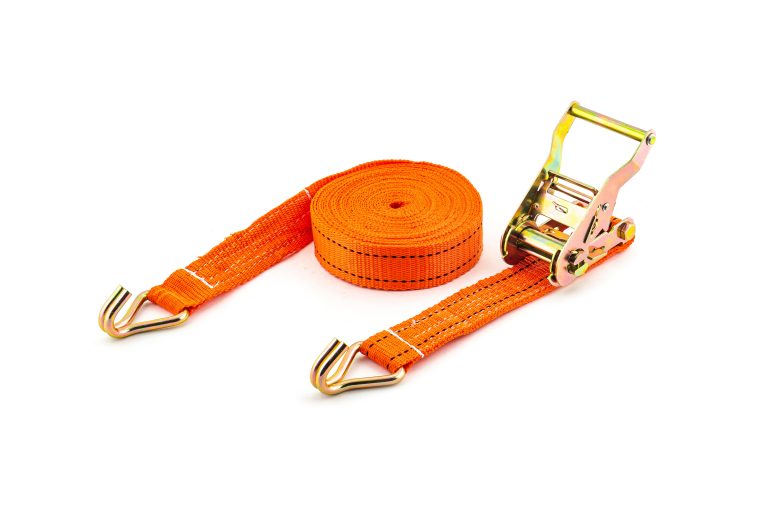When moving to a new home, you need to ensure your valuables get there in one piece. You also don’t want your belongings to inconvenience other road users, and this is where load restraints come in. They ensure your load is secured perfectly on the moving vehicle, eradicating chances of damage and accidents.
For more information on why you should get restraints when moving to a new home, continue reading this article.
1. Safety
The first reason you should use restraint equipment for your load is safety. Unrestrained loads can fall off the truck easily, endangering other road users. Also, an unstable load can cause vehicle stability issues, increasing the chances of accidents. Other than causing harm to the driver and other road users, if your load falls off the truck, it can damage your valuables, leading to losses.
2. It’s The Law
The law stipulates that every load should have restraints. If you fail to adhere to the law, you can attract high penalties that can be avoided by simply getting restraints for the load. It’s vital to note that if your unrestrained load causes a severe accident, the penalty can go beyond monetary.
The legal obligations to keep in mind according to the National Transport Commissions are as follows:
- You must ensure your load is restrained to eradicate or minimize the chances of the vehicle becoming unstable during the move.
- You’re legally responsible for making sure that the load is restrained so that it doesn’t fall off the truck under heavy braking or minor collision.
- You’re obliged to make sure the load fits in the vehicle and doesn’t interfere with other road users.
3. It’s A Responsibility
Based on the chain of responsibility provisions, everyone taking part in the move is responsible for ensuring that the load doesn’t pose a safety hazard. Therefore, when moving your belongings to a new home, you directly become a partaker in the move. That said, you should ensure that the movers adhere to the guidelines stipulated for safe load moving.
It’s important to note that some movers might ignore using restaurants, especially if you’re moving around the neighborhood. However, an incident doesn’t require a long distance; it can happen as soon as the vehicle starts. However, by knowing that you’re equally responsible for any damage or accident caused by the failure to secure your load, you’ll ensure the movers use restraints to be on the safe side. This way, you’re guaranteed the safety of the driver, moving crew, other road users, and your valuables.
Load Requirements You Need To Meet
There are two primary requirements you’re supposed to meet with load restraints. First, you should ensure the load is restrained to keep 80% of the load in a forward direction, 50% in the backward and sideways direction, and 20% upward. The restraints must comply with these standards to secure the load perfectly when accelerating, turning, and braking.
Secondly, the load must not dislodge from the vehicle to prevent instability. Before, the law stipulated that the load shouldn’t move at all. However, upon realizing that this was nearly impossible, the law changed. Nevertheless, your load shouldn’t move to the extent of falling, dislodging, tipping, or destabilizing the vehicle.
Types Of Restraint Methods

There are different restraint methods. The most common ones are:
- Direct Restraint
Direct restraint methods involve attaching the load directly to the vehicle. This method can restrain all kinds of loads, but is ideal for slippery or wheeled loads. As far as the direct restraint method is concerned, you can directly secure your load by:
-
- Containing – This involves placing smaller valuables in a large container or packaging to minimize the number of restraints you need.
- Attaching – This method requires twist locks to strap the load to the mounting points on the trailer’s floor.
- Blocking -This requires using gates to prevent the load from moving within the trailer.
- The Tie-Down Restraint
This restraint method requires a clam-like force and friction to prevent the load from moving. Here, the load is secured using lashings. The number of lashings required depends on the weight and size of your load. The lashing must be tensioned to comply with the law stipulating that 20% of the load weight should be restrained upwards.
However, tie-down restraint isn’t suitable for all kinds of loads. For instance, it’s not advisable to use tie-down restraint for fragile loads since the pressure it produces can damage the valuables. Also, this method doesn’t work on slippery loads since it depends on friction to function. Therefore, if the load is slippery, it can easily slip off the lashing.
Conclusion
Moving to a new home is an exciting experience. However, it’d be best to put up safety measures to avoid any accident or damage. When it comes to transporting your valuables, ensure to use load secures for the safety of your belongings and other road users. Lack of restraints can cause destruction to your valuables and accidents. Remember, while the movers are responsible for the safety of everyone taking part in the move, you’re equally responsible for any accident following the failure to use the right restraints.

